While the coastal strip of Tunisia is green and fertile, as soon as you get more than a few miles from the coast, you’re in the Sahara Desert.
Our first stop in the Sahara was the city of Kairouan. After the death of Muhammed in 632 CE, Islam spread quickly in North Africa. Within a few hundred years, Islam had reached Morocco, crossed Gibraltar to Spain, and also turned south back across Africa south of the Sahara.
After expelling the Byzantines from Tunisia, the Arabs made Kairouan their regional capital. Interestingly, they were not good seafarers and feared attacks from the sea. So they built their cities inland instead of on the coast.
The Great Mosque of Kairouan was built in the 9th Century and is one of the oldest mosques in North Africa. It is the fourth holiest site in Islam today.
The Great Mosque has a cistern below for collecting rainwater, with a simple but ingenious filtration system. As the water flows down the different levels, sediment falls to the bottom, leaving clear water to flow down to the cistern below.
We also visited the Zaouia of Sidi Sahabi, also known as the Mosque of the Barber. While Islam doesn’t have saints, they have something roughly equivalent and this mosque was built to honor a barber who greatly helped everyone around him in his lifetime. The interior of the Mosque features beautiful mosaics, as well as many intricate plaster carvings.
Leaving Kairouan, we then had a long drive to Tozeur, located in an oasis in the heart of the Sahara.

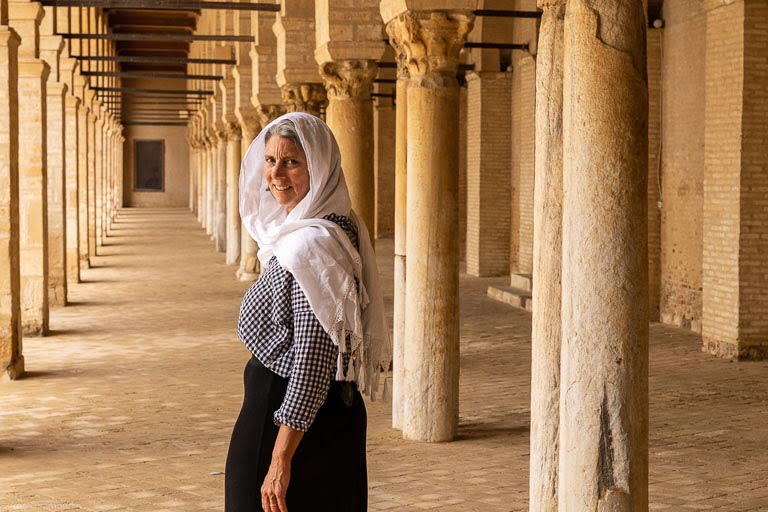
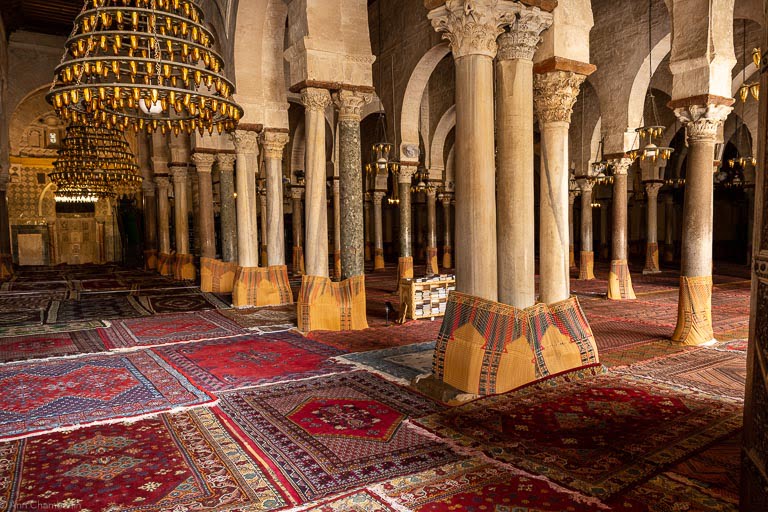
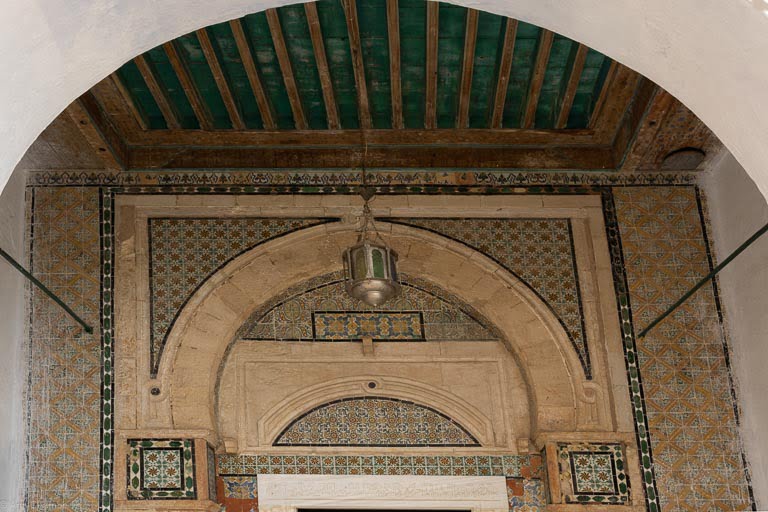
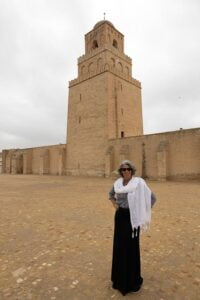
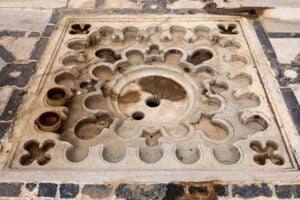
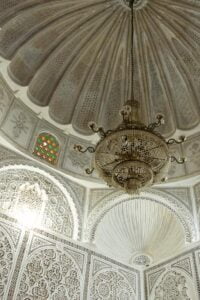
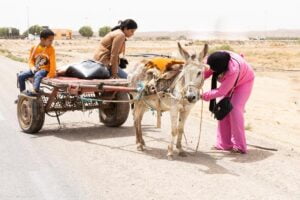
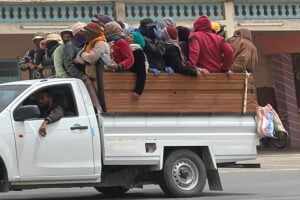
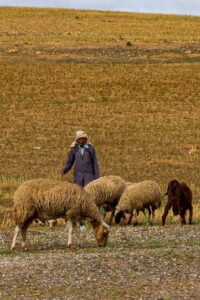
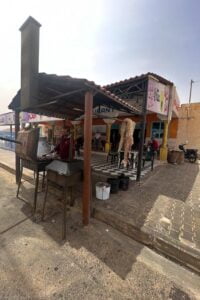
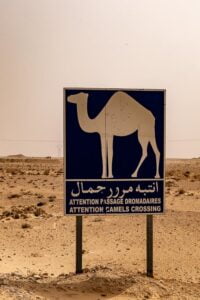


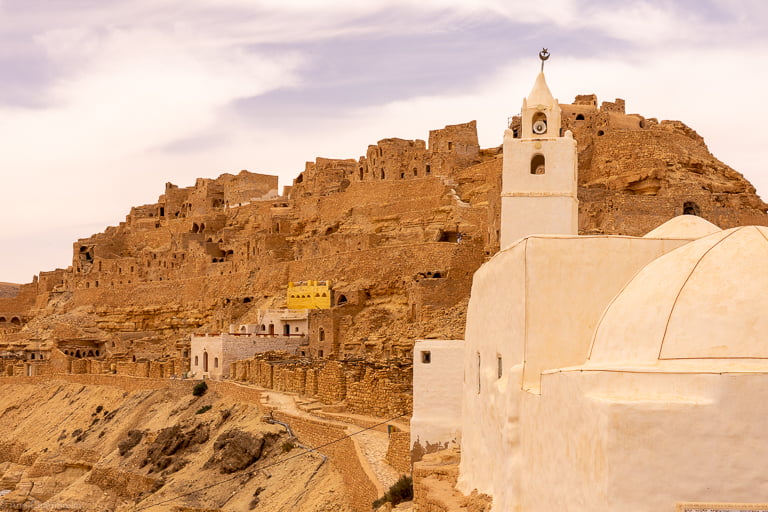
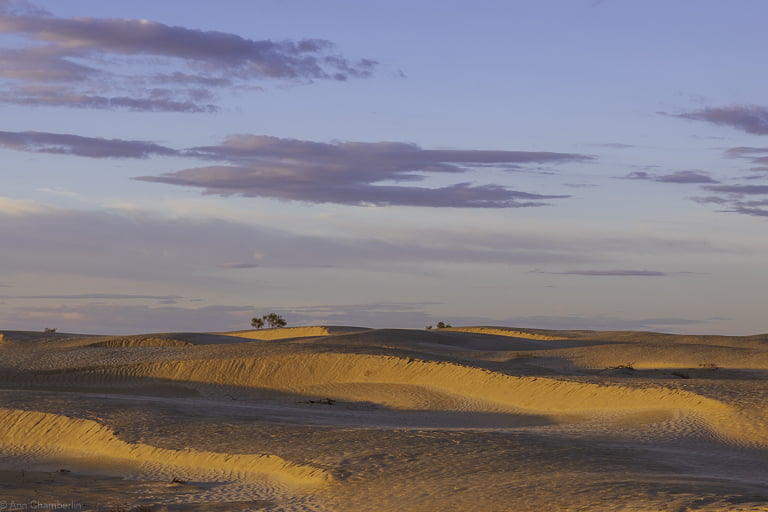
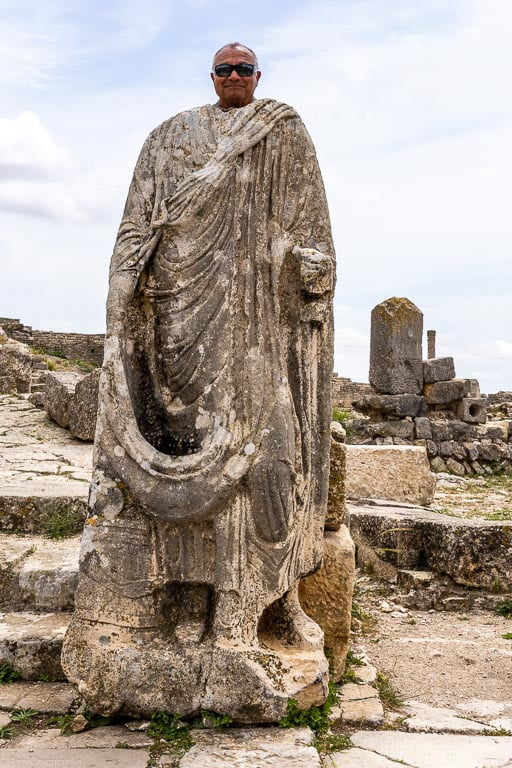

Jeanne Havlicek
The interior of the mosque reminds me of the Mezquita in Cordoba, Spain, with the forest of columns!
Sami
What’s interesting is that those columns were repurposed from other sites. Not only do you see a lot of different colors of stone, but they’re also different heights.